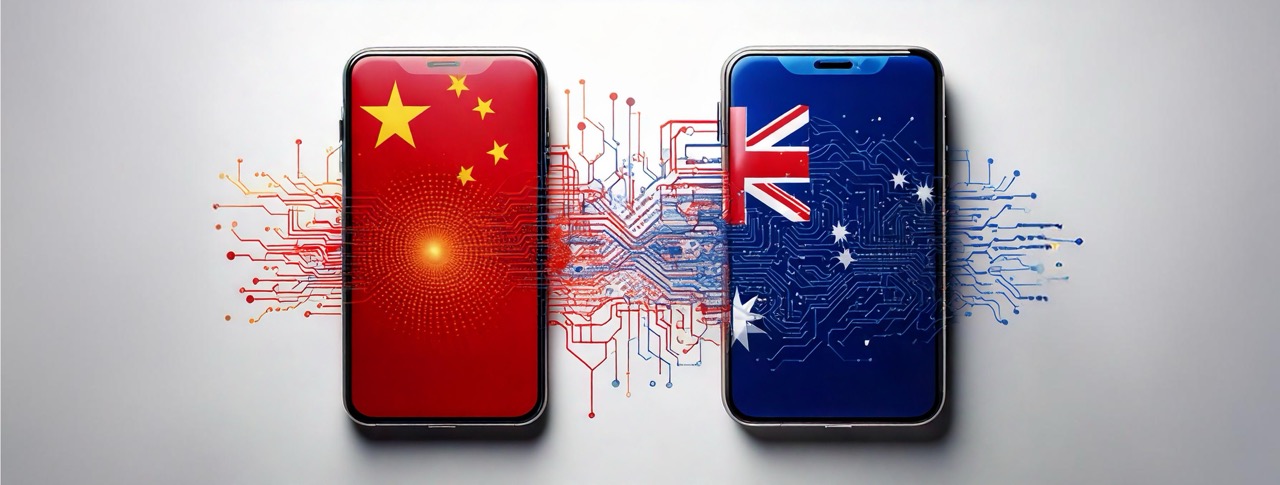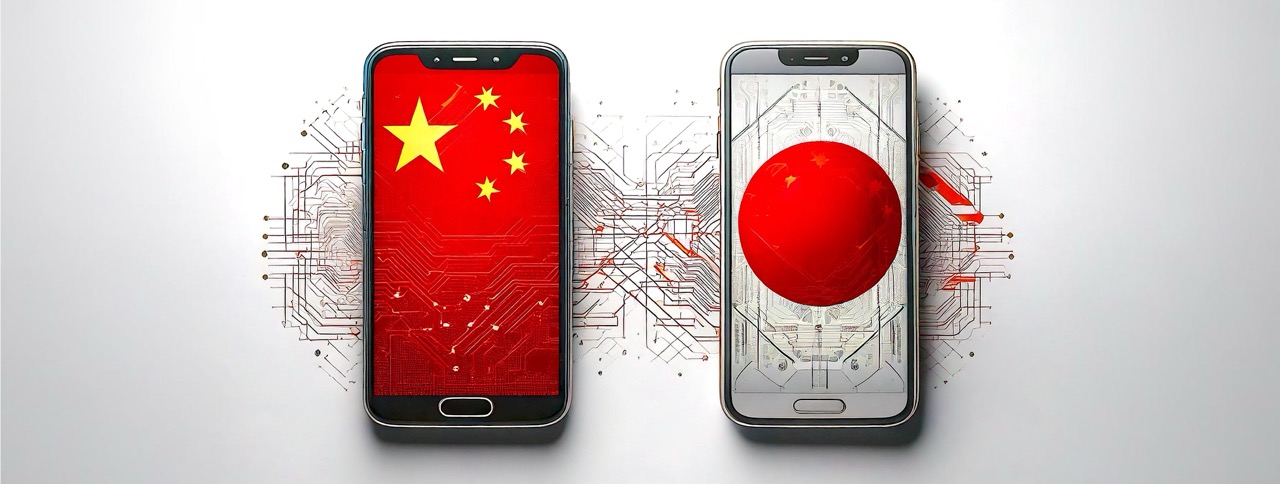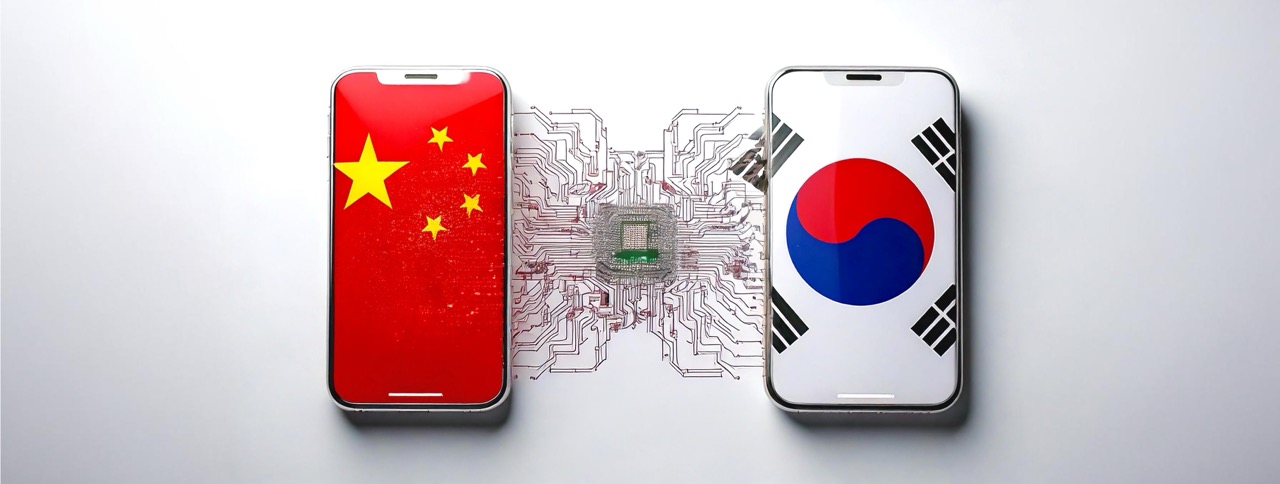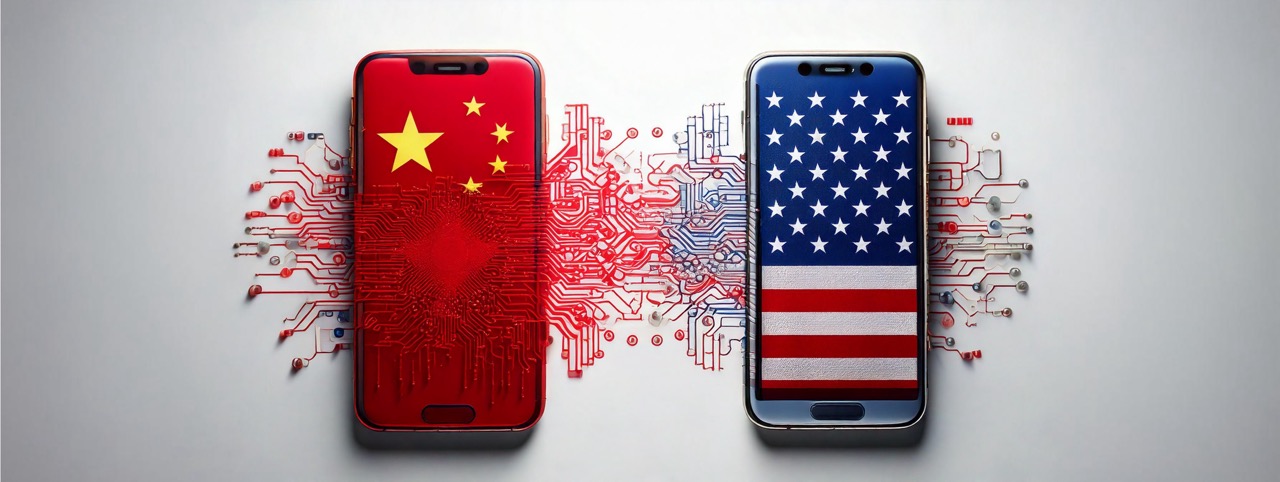The Tech Security Balance: Indo-Pacific Responses to China’s Huawei
| By Felipe Dombkowski |
Asia-Pacific Nations Navigate Domestic Business Priorities Amid China’s Tech Reach
In the complex landscape of international relations, the rise of Chinese technology companies has sparked concern among governments worldwide, particularly regarding the growing influence of Huawei. With its close ties to the Chinese government, Huawei has become a central focus of debates as nations seek to balance the benefits of advanced telecommunications with potential security risks. The United States and its allies have responded in various ways to the challenges presented by Huawei, reflecting differing assessments of the broader strategic competition with China in this domain.
China’s National Security Telecom Law Sparks Security and Privacy Alarms
In 2015, under President Xi Jinping, China passed a National Security Law requiring its citizens and companies to cooperate and provide “conditions to facilitate national security efforts and other assistance” to the government. This law raised alarms among US policymakers and allies, who feared Chinese telecom companies such as Huawei could be legally obligated to grant the Chinese government access to private user data, including data on American citizens. These worries were exacerbated by China’s civil-military fusion strategy, which could potentially place Huawei’s technology and data at the disposal of China’s military. In response, the US and its allies took measures to address these perceived security threats.
US Bans Huawei Over National Security Concerns
In 2019, Donald Trump signed the Executive Order on Securing the Information and Communications Technology Supply Chain. This order effectively banned Huawei from purchasing essential US technology without special approval and barred its equipment from American telecom networks on national security grounds. The ban not only impacted Huawei’s operations in the US but also pressured allied nations to reassess and potentially revise their policies regarding Chinese telecom firms.

Australia’s Early Ban on Huawei Products
Even before the US took action, Australia imposed a strict ban on all products from Huawei. The rise of China’s influence in the South Pacific has raised concerns among Australians, with former Prime Minister Malcolm Turnbull cautioning in 2017 about a potential Chinese “Monroe Doctrine” aimed at dominating the region. Despite China’s important role in Australia’s 5G infrastructure, technology, tourism, trade, and education sectors, Australia decided to prioritize its national security over the economic benefits when implementing the ban on Huawei. This approach closely mirrored the US response and strengthened Australia’s commitment to the US-led alliance in the Indo-Pacific region.
Japan’s Balanced Approach to Huawei and China
Japan, concerned with both its security and economic ties to China, adopted a strategy that balances “decisiveness in action with ambiguity in words.” Unlike Australia’s outright ban on Huawei, Japan opted not to directly confront China. Instead, the Japanese government incentivized and encouraged private companies to end their relationships with Huawei. Additionally, Japan aims to diversify its supply chains beyond China. As part of this effort, the Japanese government allocated a $2.2 billion stimulus in 2020 for Japanese companies to move their production facilities out of China. By implementing this approach, Japan has maintained diplomatic flexibility while protecting its technological infrastructure from potential Chinese interference.

South Korea’s Divided Stance Towards Huawei
Unlike the United States, Japan, and Australia, South Korea’s response to China’s National Security Law has been less decisive. There are two main camps within South Korea regarding the future of its relationship with Huawei. Both sides acknowledge the significant role Huawei plays in the South Korean telecom industry. In the last five to six years, the country’s three largest telecommunications companies—KT Corporation, SK Telecom, and LG Uplus—have relied heavily on Huawei equipment.
Business and economic interests, including major telecom providers and firms with strong trade ties to China, argue there is no concrete evidence that Huawei’s equipment has compromised South Korea’s national security. In contrast, national security experts, defense officials, and some conservative policymakers point out that due to China’s National Security Law, Huawei is unable to operate independently of Chinese Communist Party influence. They assert that Huawei’s track record warrants a response similar to those of Australia and the United States.
While skepticism persists about the integrity of Chinese tech firms like Huawei regarding privacy and security, these companies continue to be the largest suppliers of critical products to South Korean businesses. Any ban on Huawei in South Korea would require extensive deliberation and careful planning to ensure that Korean companies maintain access to vital supplies currently sourced from China. This cautious approach underscores South Korea’s delicate balance between preserving economic ties with China and aligning itself with the US-led Indo-Pacific security framework.

Confronting Security and Economic Challenges in the Indo-Pacific
As strategic competition intensifies between the United States and China, the varied reactions to Huawei from nations like the US, Australia, Japan, and South Korea reveal the complex challenges they face in balancing security and economic priorities. These responses illustrate how countries must carefully weigh the security risks posed by Chinese influence against their economic reliance on China. This balancing act ultimately shapes each nation’s broader strategic posture in the Indo-Pacific region and its alignment with the US-led security framework.
The illustrations in this article were created using an AI image generator. All illustrations are ©Intelliwings.



